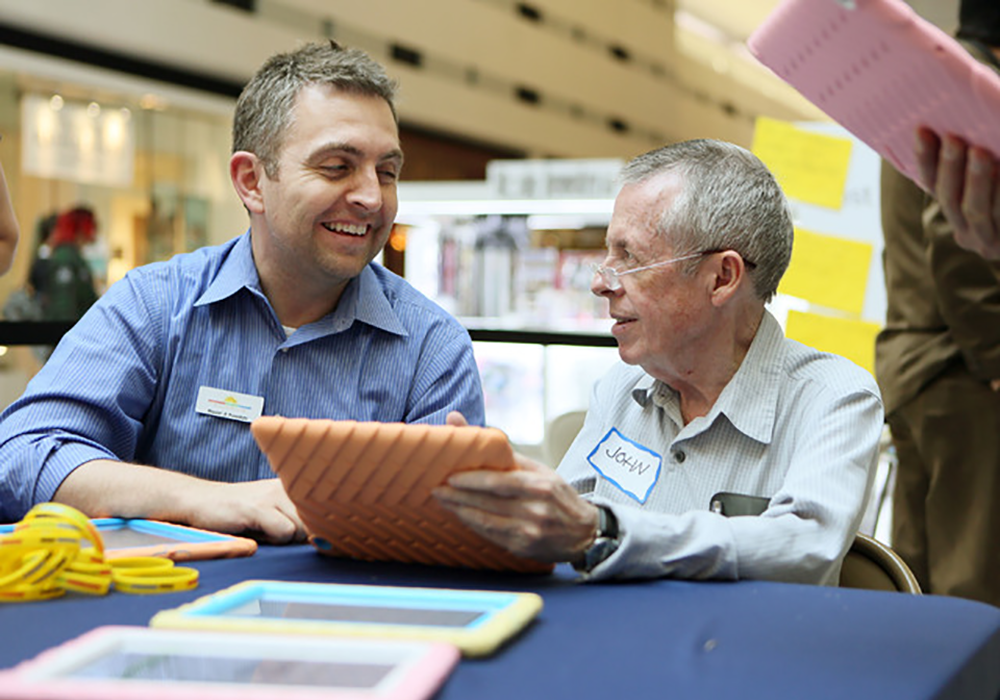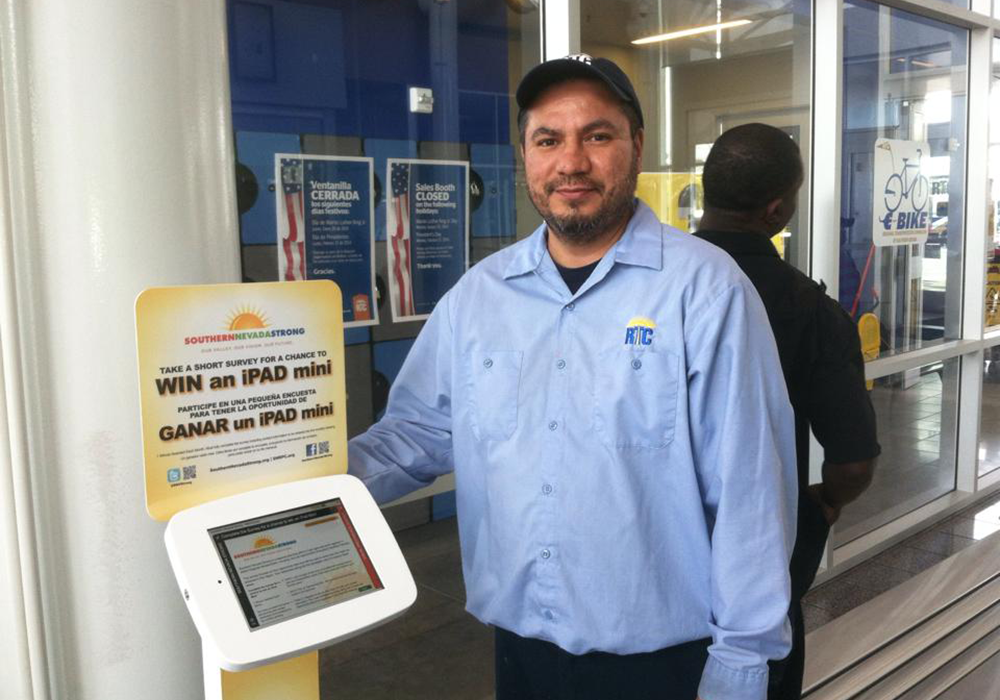Henderson, Nevada
Southern Nevada Strong – Breaking Barriers Through Public Outreach
2016 National Planning Excellence Award: Public Outreach
Summary
Southern Nevada Strong (SNS) was a regional planning effort to build a foundation for long-term economic success and community livelihood by integrating transportation, housing, and job opportunities. An estimated 6,000 community members participated in the three phases of plan outreach.
Process
SNS was funded by a $3.5 million Sustainable Communities grant from the U.S. Department of Housing and Urban Development. The SNS planning process placed an extraordinary emphasis on community engagement to ensure broad, representative participation in determining a vision for the future.
The initiative broke down long-entrenched municipal barriers and created a regional vision. All 13 regional partner organizations, the Regional Planning Coalition (SNRPC), and the Regional Transportation Commission adopted the plan.
The process started with in-depth research and transitioned into outreach by engaging the local community, business, and political leaders and residents to weigh in on the future of the region.

Conducting surveys and giving one-on-one attention to senior citizens at a community open house at the mall.
Engagement
A variety of tools were used to gather community input. The MetroQuest survey provided an interactive experience in English and Spanish and helped gauge public support for visual design concepts, identify community concerns and preferences, and identify issues in specific geographic areas. The survey provided consistent reporting on data and demographics across methods. And data collected helped to validate that participation by specific ethnic groups was proportional to the region's population throughout.
Additional outreach methods included a dedicated project website, social media, media placements, email blasts, e-newsletters, online comments, stakeholder interviews, telephone surveys, a telephone town hall, online and iPad surveys, survey kiosks, community open houses, and resident focus groups. SNS also employed outreach toolkits, educational videos, priority-setting exercises, and an urban ethnographic research partnership with UNLV.
To reach populations typically underrepresented in the planning process, SNS took the engagement efforts directly to the citizens and provided educational materials in both English and Spanish. Targeting and oversampling marginalized groups helped to ensure their participation was captured. Enlisting the help of culturally competent experts also helped to connect with typically hard-to-reach populations. SNS effectively achieved a representative sample across outreach efforts ensuring that those most affected by public sector decisions had a voice in future decision-making.
The City of Henderson staffed the project on behalf of the regional planning coalition. The project team represented the interests of the entire region and worked with representatives from local governments and agencies throughout the valley. Resources and in-kind matching funds from 13 regional partners included: SNRPC; City of Henderson; City of Las Vegas; City of North Las Vegas; City of Boulder City; Clark County; Regional Transportation Commission (RTC); University of Nevada, Las Vegas; Southern Nevada Regional Housing Authority (SNRHA); Southern Nevada Water Authority (SNWA); Clark County School District; Southern Nevada Health District; and Conservation District of Southern Nevada.

Kiosks were utilized throughout the town in low-income areas to allow survey input without internet access.
Results
SNS received unprecedented community engagement and collaboration among local municipalities. The engagement efforts set a new standard among Sustainable Communities grant recipients. An estimated 6,000 community members participated in the process and nearly 70,000 inputs were received during the three-year grant period.


